Google began developing driverless cars in 2009 with a test mileage of more than 2 million miles, but still did not disclose the time to market. However, Google plans to divest it as a company of Alphabet at the end of the year.
According to the Business Insider website, the Google Driverless Vehicles project was launched in 2009 with the goal of releasing a car that does not require people to drive by 2020.
Now, seven years have elapsed. Google has tested vehicles in 2 cities in the United States for 2 million miles (about 3.22 million kilometers) and has mastered how to politely whistle to "see" bikers and pedestrians. Various skills.
But so far, Google has not yet commercialized driverless cars – and is lagging behind rivals such as Uber and Tesla in this regard, although it is the first company to test unmanned cars on the road. In addition, some of Google’s best driverless car talents have also moved to other companies.
On the occasion of Google’s plan to spin off the driverless car project into a subsidiary of Alphabet, Business Insider reviewed Google’s journey to develop the world’s first fully driverless car.
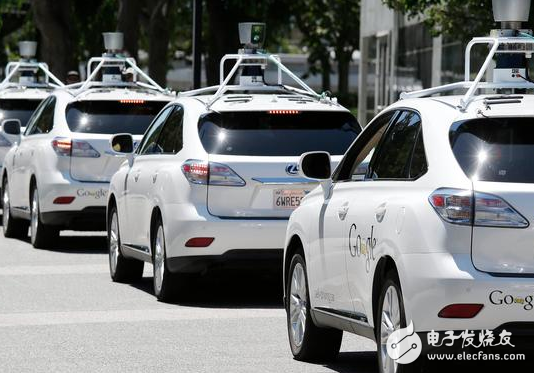
Google launched the driverless car project in 2009. The project leader is SebasTIan Thrun, a professor at Stanford University who is known as the founder of driverless cars. While at Google, Troon led several projects at X Lab, including Google Glass and Street View maps. Troon left from Google and founded the education startup Udacity.
Tren began researching driverless cars at Stanford University and led a team of students and faculty to design Stanley robot cars. Stanley received $2 million (approximately RMB 13.54 million) in the 2005 DARPA (United States Defense Advanced Research Projects Agency) Machine Car Challenge for driving 132 miles (about 212 km) in the desert.
Initially, Google modified six Toyota Prius and one Audi TT and tested them in Mountain View, California. Google hired a skilled driver to sit in the driver's seat and be ready to take over control of the car, even today, seven years later, Google still has drivers for the tested driverless cars.
Google's driverless cars use GPS (Global Positioning System), sensors, cameras, radar and lasers to "see" the environment around them. The sensor can find objects far from the car's two football fields – including people, vehicles, construction areas, birds, and riders.

In 2010, Google’s driverless cars tested more than 140,000 miles (about 230,000 kilometers). Google said in a blog post that it believes its driverless cars can halve the number of people killed in traffic accidents each year.
In 2010, several big-name engineers joined Google's driverless car team: Carnegie Mellon University professor Chris Urmson – led the team to win the 2007 City Challenge; Mike Montemerlo -- The leading Stanford team won the 2005 City Challenge; Anthony Levandowski - developed the first driverless motorcycle. Umson later served as chief technology officer for the Google Driverless Vehicles program.
In 2011, Google changed its test model from Toyota to Lexus, using its technology to retrofit 23 RX450H SUVs.
In April 2014, Google announced that its driverless car technology ushered in “Liu Ming Hua Ming Yi Cunâ€, in which the test vehicle was able to cope with thousands of urban road traffic conditions – a problem that has been plaguing it for the past few years. This is the first time since 2012 that Google officially updated the information on driverless car projects.
In May 2014, Google developed its own model and showed a prototype at the Code Conference. Google's prototype car has no brakes, no steering wheel, no throttle, and only one button to turn on the car. Google has limited its maximum speed to 25 miles per hour (about 40 kilometers) and plans to produce 100-200 units.
A year later, Google began road testing of the prototype in Mountain View.
In July 2015, Google began testing its driverless car in Austin, Texas, on the Lexus RX450h.
In September 2015, Google hired John Krafcik, a former Hyundai and former Ford executive, as the CEO of the driverless car program.
In December 2015, several media reported that Google was jointly developing a driverless car with Ford. But Google did not reach a cooperation agreement with Ford, and Ford independently developed a driverless car.
In February 2016, Google’s driverless car first encountered a traffic accident: a Google driverless car collided with a bus that traveled at a speed of 2 miles per hour (about 3 kilometers). Although Google’s driverless cars have been “scrapping†with other vehicles for many times in the past few years, they are the first to cause traffic accidents.
Due to the wet weather, Washington Kirkland was added by Google to another unmanned car test site in February 2016.
In April 2016, Google began testing its driverless cars in Arizona. Earlier, Google sent four vehicles to Phoenix to map the area. Google said at the time that it chose Arizona to test cars because of the state's desert environment, which helped Google understand "sensors and cars can adapt to extreme temperatures and dust in the air."
In May, Google and Fiat Chrysler announced the joint development of driverless cars, Fiat will provide Google with 100 Chrysler Pacifica Hybrid vans for testing.
In August, Google dug up former Airbnb executive Shaun Stewart, marking a step closer to commercialization of driverless cars. Stewart is good at building and expanding the scale of business.
After joining the company for more than seven years, Umson resigned from the Google driverless car project in August, he said, "Now the test mileage of driverless cars has reached 1.8 million miles (about 2.9 million kilometers), I think it is time to leave, and Start a new business."
Umson was one of several executives who left the Google driverless car team at the same time, including another co-founder, Jiajun Zhu, who joined an unnamed startup. A number of executives, including another co-founder Lewandowski, set up a driverless truck startup earlier this year.
In September, a driverless car from Google collided with other vehicles and the driver was hospitalized. In California, another car traveled to an intersection at a speed of 30 miles per hour (about 48 kilometers), just in time for a red light and hit the right side of a Google driverless car, causing serious damage.
Google plans to spin off the driverless car project into an independent company of Alphabet at the end of the year.
The latest data shows that Google's driverless cars have tested more than 2 million miles in four cities. Currently, Google has 24 Lexus SUVs and 34 prototypes on the road, testing up to 26,000 miles per week (about 40,000 kilometers). Although competitors such as Uber and Tesla have released driverless cars to the public, Google has not disclosed the time to market for its driverless cars. One reason may be that Alphabet CEO Larry Page insists on developing a driverless car instead of a semi-driving car.
Customizable Nylon Self- locking Cable Ties Free samples Nylon Cable Tie
Product Description
A cable tie , also known as a zip tie or tie-wrap, is a type of fastener, especially for binding several electronic cables or wires together and to organize reusable cables and wires.
In its common form, the nylon cable ties consists of a tape section with triangular teeth that slope in one direction. The head of the cable tie has a slot with a flexible pawl that rides up the slope of these teeth
when the tape is inserted. The pawl engages the backside of these
Feature
1. Type: Releasable Type nylon beaded knot cable tie
2. Material: Nylon 66
3. Feature: Heat-resisting, erosion control,insulate well and not apt to age
4. Operation Temperature: -40°C to 85 °C
5.Colour: Natural (white or standard colour), UV black and other colours are available
6.Certificates: UL, CE, ROHS, REACH,UV , ISO9001:2000
7.Package: Polybag + Label
Nylon ties
Nylon ties (ISO ,TS16949,UL)
1.Material:Nylon 66 ,94V-2.
2.Temp Resistance:-40 ℃ to 85℃ ;short time 150 ℃
3.Color:Natural(or white,standard color),UV black and other colors are available as requested.
4.Feature:Heat-resisting,and erosion control,insulate well and not apt to age.
5.Package:As per customer's requirement.
6.Ideal Applications: Color coding,Identification,Packaging Continuity, and Bundling Aesthetics.
7.Application:Widely used to bundle cable and wire or other things in the industry of electrical &electronic,lighting,hardware,pharmaceutical,chemical,computer etc.It's easy to use.
8.Specifications of Self-Locking Cable Ties:

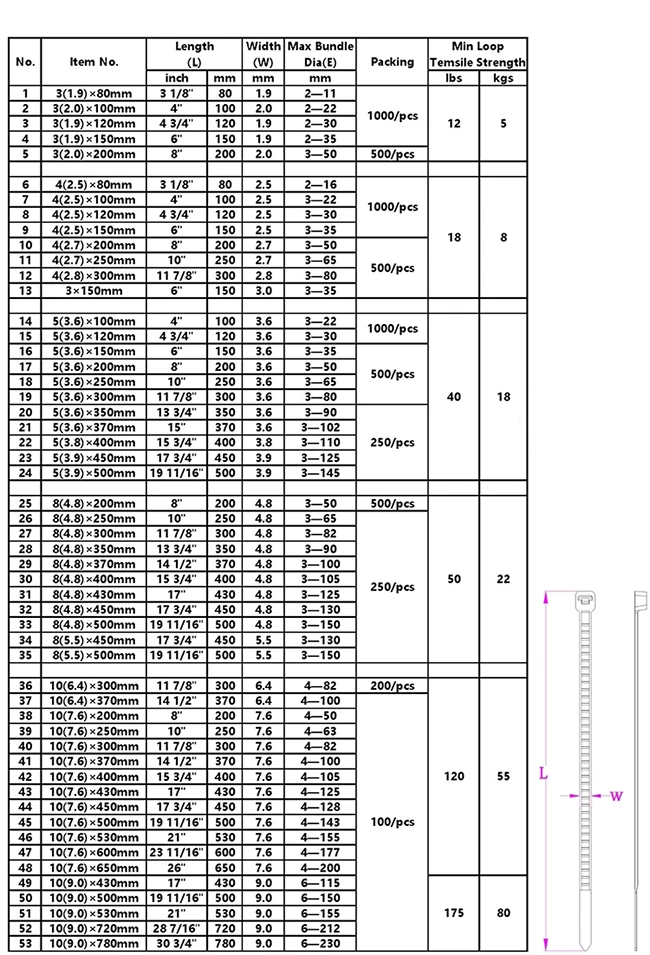
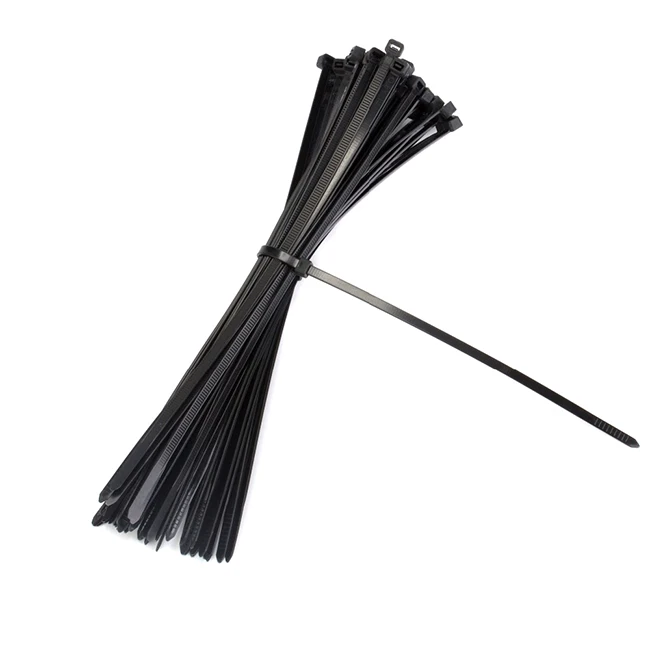

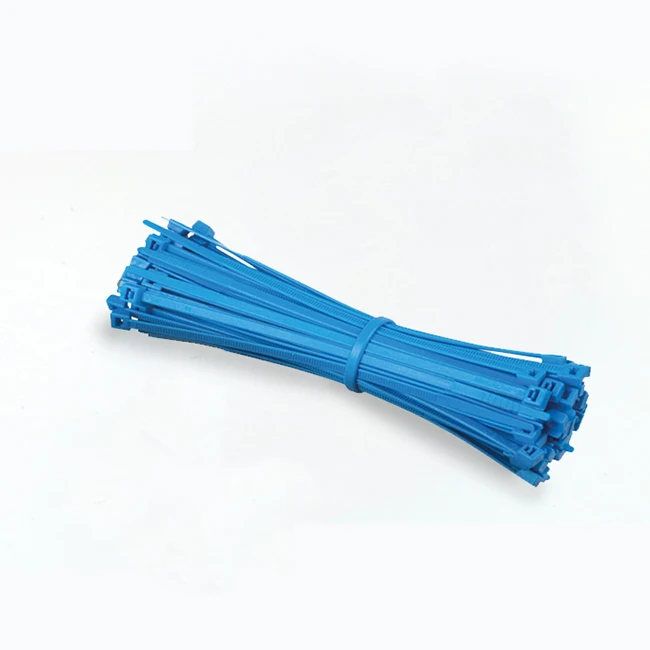
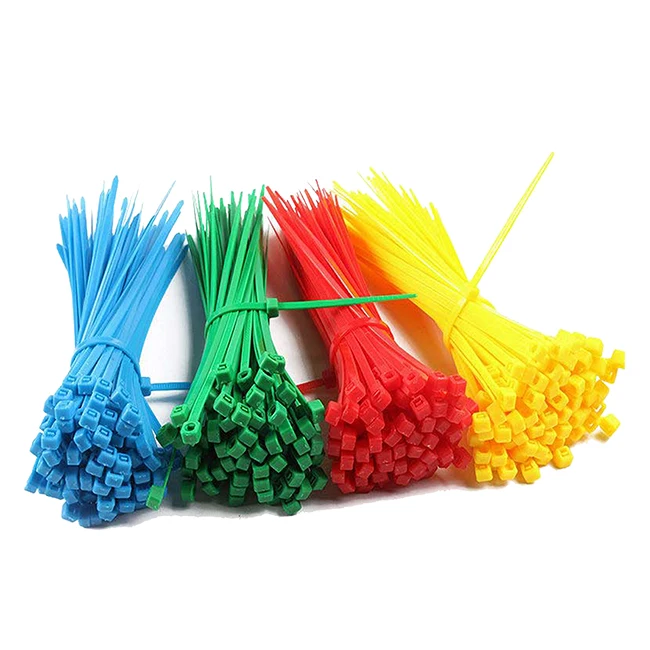
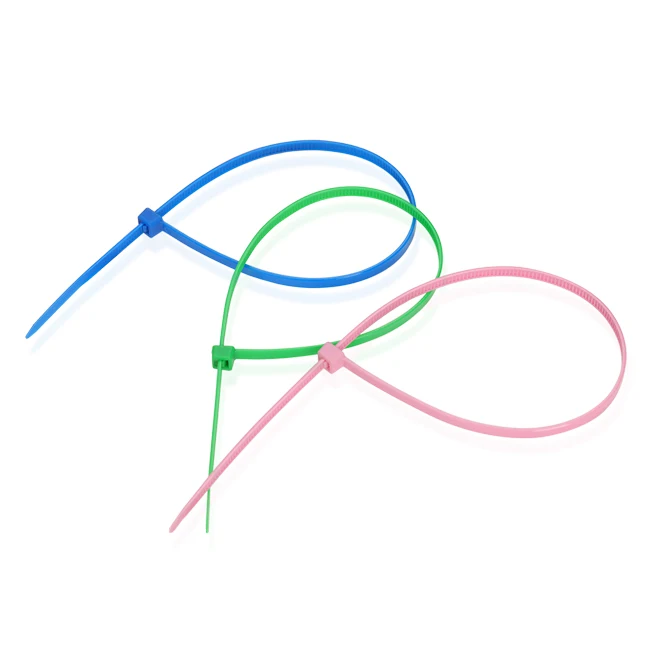
Packing of nylon ties
A. Common Packing: 100Pcs + Polybag + Label + Export Carton
B. Customized Packing: Header card packing, Blister with card packing, Double blister packing, Canister packing, other packing can be supplied according customers request
Width: 1.8-12mm
Length: 60-1200mm
1.Welcome to visit our factory !
2.Free Samples !
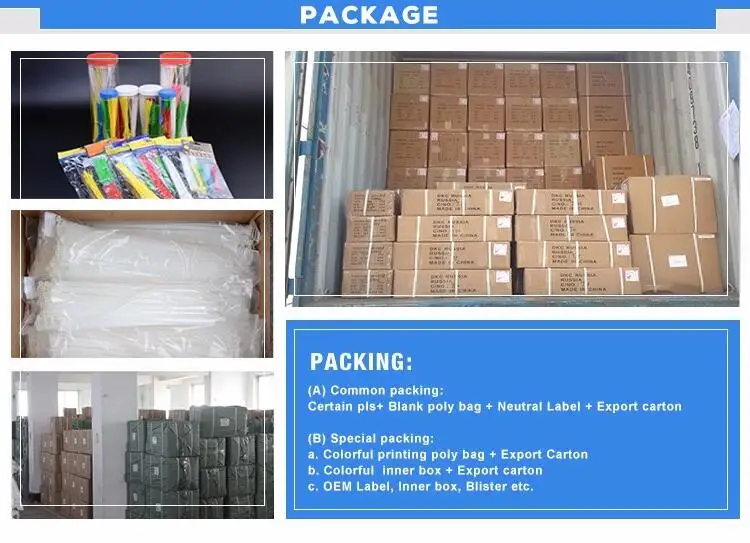
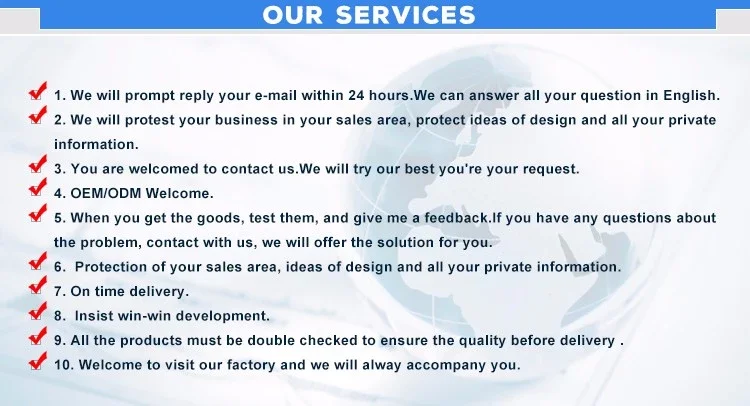
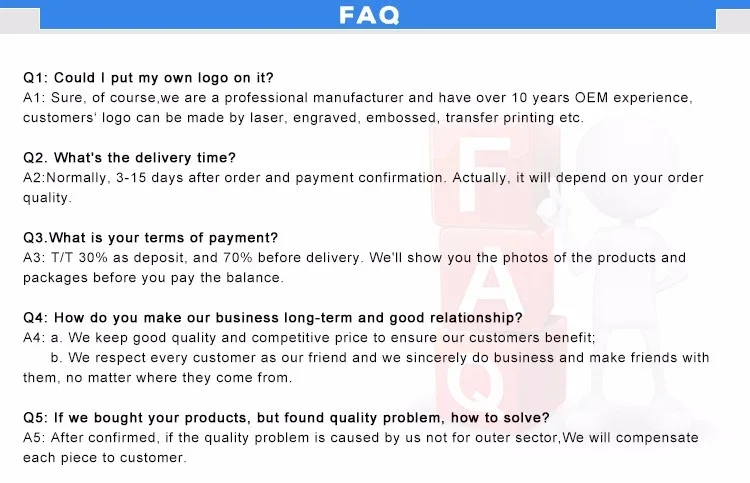

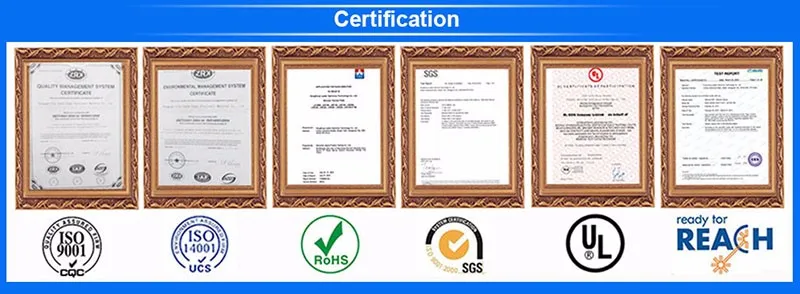
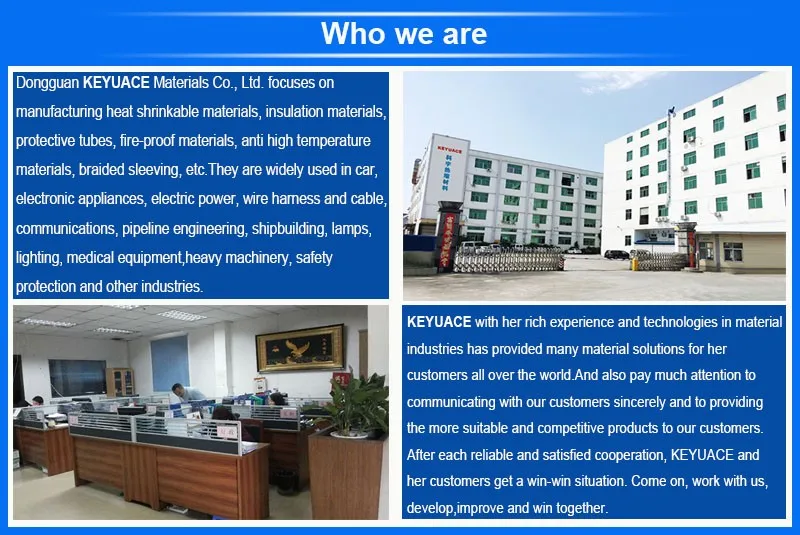
Self-Locking Nylon 66 Cable Tie,UV Black Nylon Cable Tie,UV Black Nylon Cable Tie,High Quality Cable Tie,Nylon Cable Tie with Label,Plastic Self Locking Nylon Wire Cable Tie
Dong Guan KE YU New Material Technology co.,LTD , https://www.insulationtubing.com